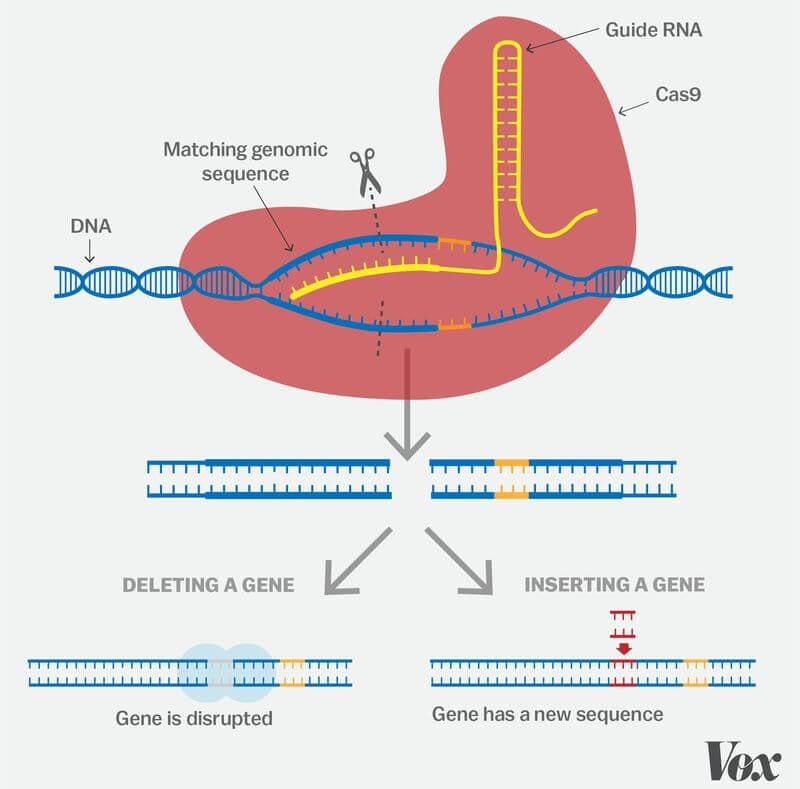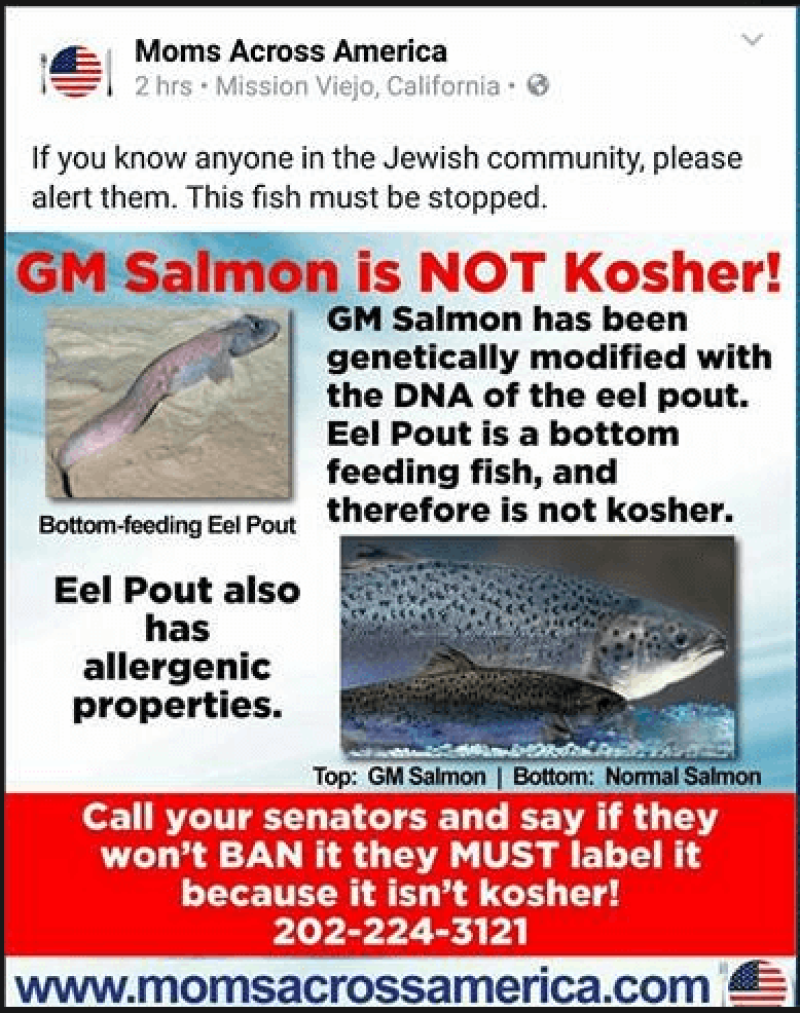In 2016 alone, researchers have shown CRISPR can do some truly astounding things, like create mushrooms that don’t brown easily or edit bone marrow cells in mice to treat sickle-cell anemia. Down the road, CRISPR might help us develop drought-tolerant crops, create powerful new antibiotics, or treat diseases like cystic fibrosis. CRISPR might one day even allow us to wipe out entire populations of malaria-spreading mosquitoes or resurrect once-extinct species like the passenger pigeon. And, while there are real limits to what CRISPR can do, researchers are working to overcome them.
…
Gene editing itself isn’t new…What makes CRISPR so revolutionary is that it’s incredibly precise: The Cas9 enzyme mostly goes wherever you tell it to go. And it’s incredibly cheap and easy…Now it might cost just $75 and only take a few hours.

In 2011, there were fewer than 100 published papers on CRISPR. In 2016, there were more than 1,000 and counting, with new refinements to CRISPR, new techniques for manipulating genes, improvements in precision, and more. “This has become such a fast-moving field that I even have trouble keeping up now,” says [Jennifer Doudna, a Professor of Chemistry at the University of California, Berkeley and a leading figure in the CRISPR revolution].

The GLP aggregated and excerpted this blog/article to reflect the diversity of news, opinion, and analysis. Read full, original post: A simple guide to CRISPR, one of the biggest science stories of 2016































